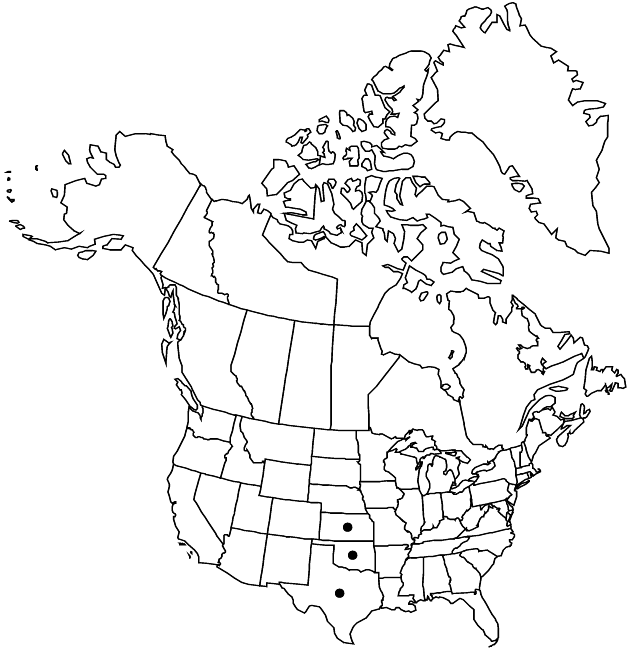Difference between revisions of "Gaillardia suavis"
Trans. New York Acad. Sci. 7: 11. 1887.
imported>Volume Importer |
imported>Volume Importer |
||
| Line 51: | Line 51: | ||
|publication year=1887 | |publication year=1887 | ||
|special status= | |special status= | ||
| − | |source xml=https:// | + | |source xml=https://bitbucket.org/aafc-mbb/fna-data-curation/src/2e0870ddd59836b60bcf96646a41e87ea5a5943a/coarse_grained_fna_xml/V19-20-21/V21_1064.xml |
|tribe=Asteraceae tribe Heliantheae | |tribe=Asteraceae tribe Heliantheae | ||
|subtribe=Asteraceae (tribe Heliantheae) subtribe Gaillardiinae | |subtribe=Asteraceae (tribe Heliantheae) subtribe Gaillardiinae | ||
Latest revision as of 20:07, 5 November 2020
Perennials (sometimes flowering first year), 20–80 cm. Leaves wholly basal or nearly so; petiolar bases 0–3+ cm; blades spatulate to oblanceolate, 3–10(–15) cm × 5–30(–60) mm, pinnatifid, toothed, or entire, glabrous or very sparsely villous with jointed hairs (obscurely, if at all, gland-dotted). Peduncles 15–75+ cm. Phyllaries 22–32, ovate to lance-attenuate, 6–8 mm, nearly glabrous or villous, or at least ciliate, with jointed hairs. Receptacular setae 0 or 0.1–0.5 mm. Ray florets 0 or 7–10; corollas purplish to red, 10–15 mm. Disc florets 40–100+; corollas pinkish to purplish, tubes 1.2–2 mm, throats urceolate, 3–4 mm, lobes narrowly triangular, 1–1.2 mm, jointed hairs 0.3+ mm (style-branch appendages glabrous or glabrate). Cypselae obpyramidal, 2 mm, hairs 2+ mm, inserted at bases and on angles; pappi of 8–10 lanceolate, oblanceolate, or ovate, aristate scales 6–9 mm (scarious bases 4–5 × 1.4–2 mm). 2n = 38, ca. 72.
Phenology: Flowering Mar–Jun.
Habitat: Calcareous or sandy soils of prairies, desert scrubs, or juniper woodlands
Elevation: 30–800 m
Distribution

Kans., Okla., Tex., Mexico (Coahuila, Nuevo León, Tamaulipas).
Discussion
Selected References
None.